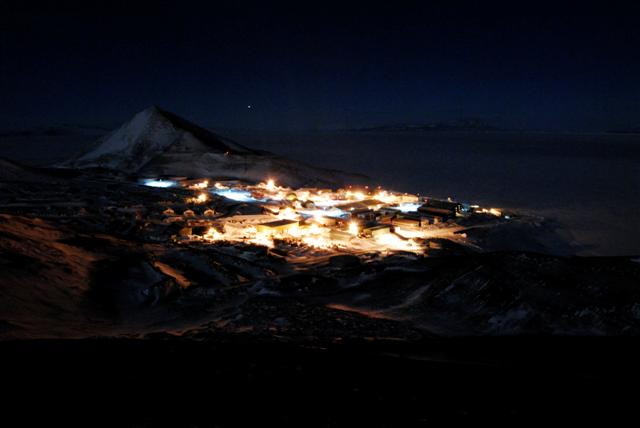NSF budget 2010Agency seeks 8.5 percent increase, with big boost for climate researchPosted May 29, 2009
The National Science Foundation (NSF) The additional $555 million in FY 2010 would increase funding for major investments in “scientific infrastructure, research endeavors and human capital,” according to the NSF’s budget request to Congress. Funding for research would jump a proposed 11 percent across all NSF directorates and offices, with $92 million for “high-risk, transformative research, reaching beyond today’s frontier into unexplored territory,” NSF Director Arden Bement “The extraordinary outcomes that transformative research promises — new paradigms, entirely new fields, even a revolution in the way we conduct science and engineering — will fuel American innovation in today’s fast-paced, technology-intensive world,” he said. Breaking News
The NSF just this week announced its first major investment
For the Office of Polar Programs (OPP) OPP is proposing $22 million for investments in “energy security,” reporting to Congress in its budget request that “sustained operation of U.S. research facilities in Antarctica hinges on reducing the amount of fossil fuel that must be imported to the stations with the aid of icebreakers. “The OPP will intensify its efforts during FY 2010 and beyond to improve the energy and operational efficiency of its remote polar research stations and camps in both polar regions through conservation and increased deployment of renewable energy sources,” the report said. “The efforts will range from installing more energy efficient windows and siding to buildings to installing new solar and wind power energy sources and buildings in Greenland and at the South Pole and McMurdo The NSF has also proposed another $5 million for re-supply improvements at McMurdo Station, including the construction of two two-million gallon fuel tanks that will double the fuel storage capacity at McMurdo in order to “mitigate against a failed ship-borne resupply.” Under this $5 million for re-supply improvements, OPP would assess the “feasibility and benefits of shifting the McMurdo Station resupply effort from January to March, when sea ice conditions are normally less of an obstacle.” If the study offers a favorable conclusion, the new plan could take effect as early as FY 2011, assuming the funds are available, the report said. Climate research under OPP looks to get a big boost with more than $65 million,expanding on approximately $57 million already supporting programs in this area. Antarctic science will get about $29 million of that research money. Funds for remote instrumentationin Antarctica would increase $3 million to a total of $7 million, and would include such equipment as gliders, oceanographic drifters, and sensors and systems for airborne research. In Antarctic logistics, the NSF has requested funds to begin work on consolidating the three airfields The proverbial “phone” bill at South Pole is expected to increase substantially as the station makes use of the “next-generation” of NASA satellites for communications, with much higher associated costs. [See related story: Keeping connected.] South Pole communicationscosts will increase by $5 million to a total of $7 million. See the NSF FY2010 Budget Request Web page
|



For USAP Participants |
For The Public |
For Researchers and EducatorsContact UsNational Science FoundationOffice of Polar Programs Geosciences Directorate 2415 Eisenhower Avenue, Suite W7100 Alexandria, VA 22314 Sign up for the NSF Office of Polar Programs newsletter and events. Feedback Form |


